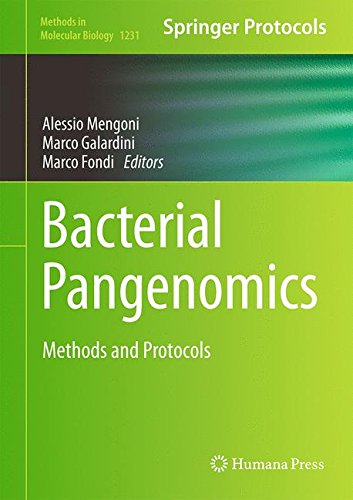

Most ebook files are in PDF format, so you can easily read them using various software such as Foxit Reader or directly on the Google Chrome browser.
Some ebook files are released by publishers in other formats such as .awz, .mobi, .epub, .fb2, etc. You may need to install specific software to read these formats on mobile/PC, such as Calibre.
Please read the tutorial at this link: https://ebookbell.com/faq
We offer FREE conversion to the popular formats you request; however, this may take some time. Therefore, right after payment, please email us, and we will try to provide the service as quickly as possible.
For some exceptional file formats or broken links (if any), please refrain from opening any disputes. Instead, email us first, and we will try to assist within a maximum of 6 hours.
EbookBell Team

5.0
70 reviewsBacterial genomics is a mature research interdisciplinary field, which is approached by ecologists, geneticists, bacteriologists, molecular biologists and evolutionary biologists working in medical, industrial and basic science. Thanks to the large diffusion of bacterial genome analysis, Bacterial Pangenomics: Methods and Protocols is able to provide the most recent methodologies about the study of bacterial pangenomes by covering the three major areas: the experimental methods for approaching bacterial pangenomics, the bio informatic pipelines for analysis and annotation of sequence data and finally the methods for inferring functional and evolutionary features from the pangenome. Written in the successful Methods in Molecular Biology series format, chapters include introductions to their respective topics, lists of the necessary materials and reagents, step-by-step, readily reproducible protocols and notes on troubleshooting and avoiding known pitfalls.
Authoritative and easily accessible, Bacterial Pangenomics: Methods and Protocols will serve as a field guide for both qualified bacterial genomics investigators who want to update their technical knowledge, for less experienced researchers who want to start working with bacterial genomics and pangenomics, as well as serving as a manual and supplemental textbook for graduate students of genomics and bioinformatics.